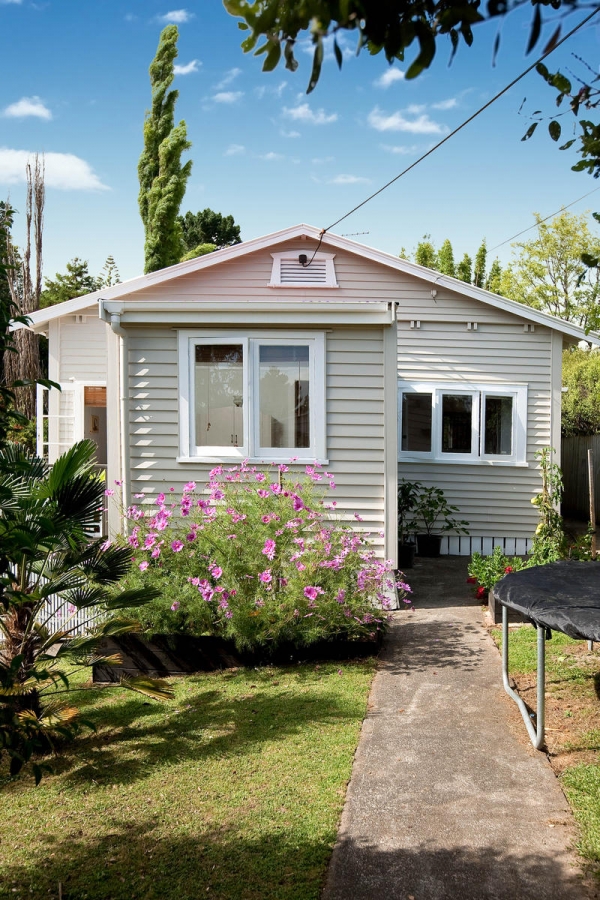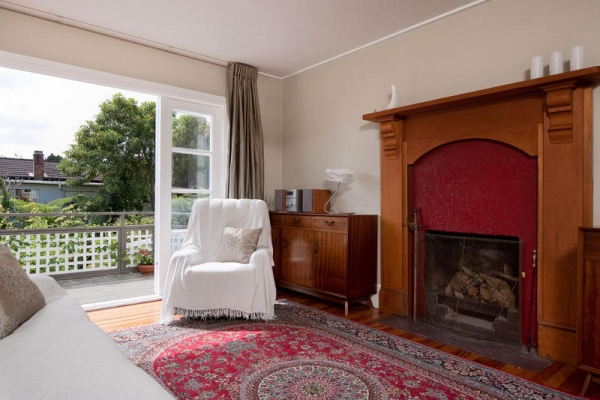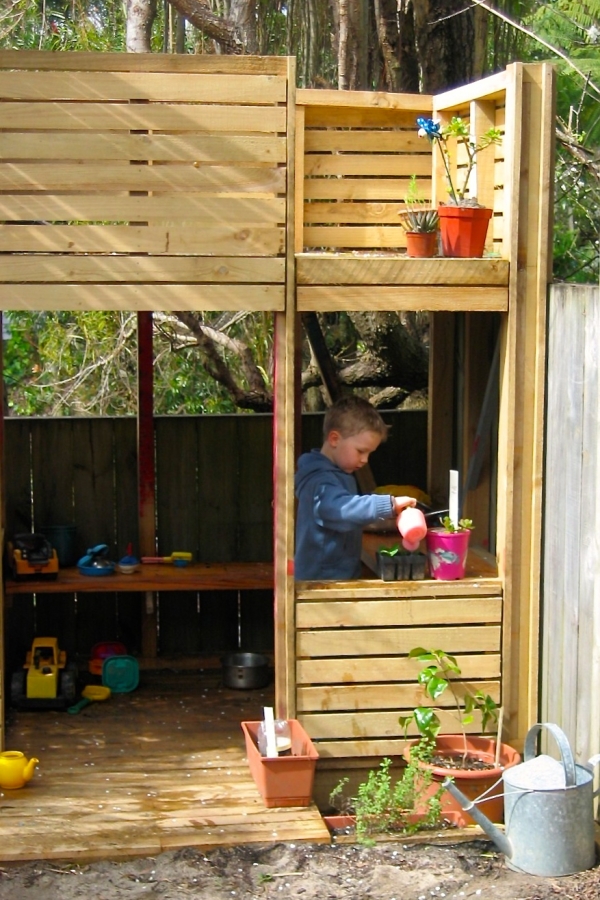Memory and Architecture
What spaces do you remember from childhood, which ones stick in your memory? Are they rooms where important events happened, or simple spaces where you remember the scent of jasmine through the window, the smell of a friends house so different to your own, the rough flowery wallpaper you traced the patterns of with your eyes when sent to bed on light summer evenings, the texture of the shagpile or sheepskin rug, the feel of the rough brick when you accidentally scraped past it, or peeling paint on weatherboards and the temptation to help its removal, the dents in the sea green linoleum made by a visitor who forgot to remove her heels, the way the morning light made the yellow curtains glow in your room, the pattern of light through amber glass, the smooth concrete driveway before it joined a rough patch of pavement that made you go really fast on the skateboard or rollerskates, the echo and sound of your voice in the bathroom with its hard tiled surfaces, the tick-tock of a grandfather clock at nana's place, the satisfying rhythm of running a stick along a fence.
It's interesting how these spaces, often long gone, are still so vivid in our minds...even more interesting which aspects we hold dear to our hearts and that bring back those memories today. So often it's less to do with the stylistic perfection we may aspire to as adults … it's the things that engage our senses, that are tied to memories and people... often its the very imperfection that engages us. It's this simple concept of sensing architecture that is actually at the heart of creating spaces that we remember, that are enriched by engaging our senses of not only sight, but also touch, sound, smell, movement, and memories ... it brings a building to life.
Our memories are deepened by our sense of touch and sense of place. The combination of people, furniture and surfaces change and evolve over the course of history, but the architecture of the room has been described as a resonance chamber, that responds to and indeed influences the tone/mood and feeling of a space. While we go about our lives, working, living, caring for others in spaces that meet a functional brief, good architecture needs to do more than that... it needs to engage us on a deeper level and endeavour to inspire all the senses. Architecture shapes not only our everyday, but also shapes our memories of people and places through our lives.


